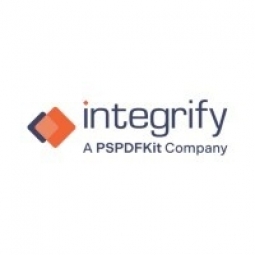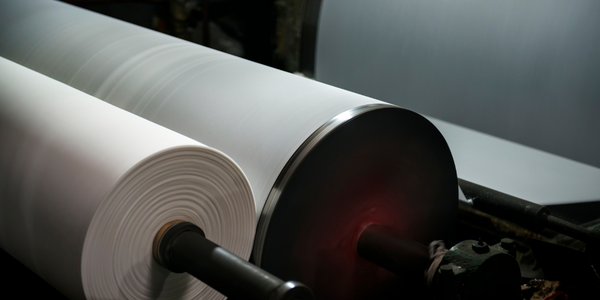Technology Category
- Analytics & Modeling - Process Analytics
Applicable Industries
- Packaging
- Paper & Pulp
Applicable Functions
- Sales & Marketing
Use Cases
- Intelligent Packaging
- Time Sensitive Networking
Services
- Training
About The Customer
The customer in this case study is the On-Air Sponsor Promotions department of Nick-at-Nite and TVLand, both of which are served by one sponsor promotions team. The department is responsible for recruiting sponsors for special programming on the networks. This involves collecting information from five separate departments—programming, creative, production, marketing, and sales—and obtaining each department’s approval on the sales sheet before it can be sent to the salespeople. The department faced challenges with the approval process, which was often delayed due to the requirement for physical sign-offs from each department’s representative. This led to sales sheets being held up and special programming sponsorships being undersold or unsold.
The Challenge
Nick-at-Nite and TVLand, both served by one sponsor promotions team, faced a significant challenge in their On-Air Sponsor Promotions department. The team was responsible for recruiting sponsors for special programming on the networks, a process that required collecting information from five separate departments and obtaining each department’s approval on the sales sheet before it could be sent to the salespeople. The approval process was often delayed due to the requirement for each department’s representative to physically sign off on each sales sheet. This led to sales sheets being held up in in-boxes or on the desks of employees who were out of the office. As a result, special programming sponsorships were often undersold or unsold because the sales team didn’t receive the package information in time to contact potential sponsors. The team needed an automated, cost-efficient solution that would streamline the approval process and provide a complete record of the process and approvals.
The Solution
The solution came in the form of Integrify OnDemand, a software that provides full functionality for process management via the Internet without the need for installation and maintenance. The software was activated in late January 2005, providing a branded site, training, and user data import. The software was already being used by Nick-at-Nite’s creative department for its own internal routing and approval processes, making it a familiar and trusted solution. The Integrify OnDemand solution reduced the risk, cost, and time associated with implementing a process management solution. Instead of installing the software on its own site, the company could directly access the software, updates, and infrastructure, which were all maintained by Integrify. This freed up time and resources to focus on business.
Operational Impact
Quantitative Benefit

Case Study missing?
Start adding your own!
Register with your work email and create a new case study profile for your business.
Related Case Studies.
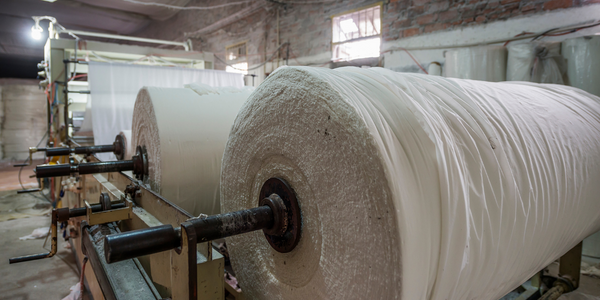
Case Study
Wireless Improves Efficiency in Compressed Air Systems
Hollingsworth and Vose wanted to improve the efficiency of their compressed air system, lower the electricity expense component of manufacturing cost in their commodity industry, and conserve energy leading to lowered greenhouse gas emissions. Compressed air systems degrade over time and become leaky and inefficient. Hollingsworth and Vose wanted to increase the frequency of system inspections without paying the high cost of manual labor.
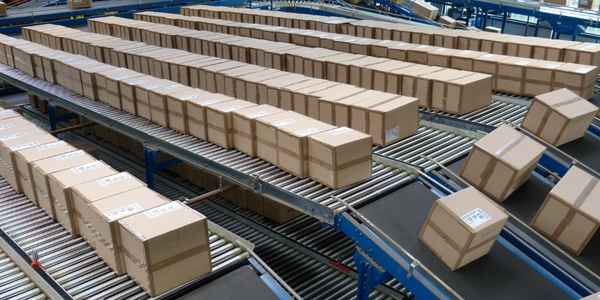
Case Study
IoT Data Analytics Case Study - Packaging Films Manufacturer
The company manufactures packaging films on made to order or configure to order basis. Every order has a different set of requirements from the product characteristics perspective and hence requires machine’s settings to be adjusted accordingly. If the film quality does not meet the required standards, the degraded quality impacts customer delivery causes customer dissatisfaction and results in lower margins. The biggest challenge was to identify the real root cause and devise a remedy for that.
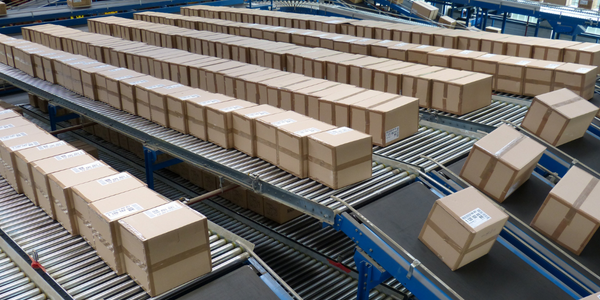
Case Study
Zenon the Ideal Basis for An Ergonomic HMI
KHS develops and produces machines and equipment for filling and packaging in the drinks industry. Because drinks manufacturing, filling and packaging consist of a number of highly complex processes, the user-friendly and intuitive operation of equipment is increasingly gaining in significance. In order to design these processes as simple as possible for the user, KHS decided to introduce a uniform, transparent and standardized solution to the company. The HMI interface should meet the requirement for people with different qualifications and enable them to work on a standard platform.

Case Study
Process Predictive Analysis in Pulp and Paper Mill
Common paper breaks consequently lead up to 60 minutes of downtime, delaying a potential $10K per hour of production value process. Thus, defective products cause financial and damage company's reputation. Improving quality and reducing defect rates can generate millions of dollars of revenue per year for your company.
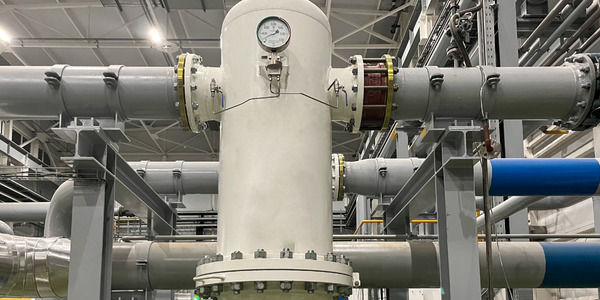
Case Study
Sparks Dynamics Assists Atlas Container Secure a $15,000 BGE Energy Rebate
The ReMASTER Compressed Air Monitoring system was installed in 2015. This system is capable of monitoring compressed air system parameters on a continuous basis and transferring that information to a cloud server which can be accessed by Atlas Container personnel, Industrial Diagnostics and Sparks Dynamics. This information was collected into a database which can be exported to an Excel spreadsheet or displayed graphically using Sparks Dynamics ViewMaster Software. The average annual compressed air electricity expense was estimated to be approximately $116,000. This is based on an incremental $/KWh electric rate of $.091 per KWh and an estimated compressed air energy consumption of 1,279,200 KWH. The implementation phase of Energy Conservation Measures (ECMs) for the Compressed Air System included: • Identification and repair of compressed air leaks • Understanding of compressed air usage per manufacturing machine and installation of shut off valves when the machines are no longer in production mode • Identification of misapplications of compressed air to include blow offs, venturis, and cooling scenarios • Understand system pressure requirements and potential installation of point of use pressure regulation.




